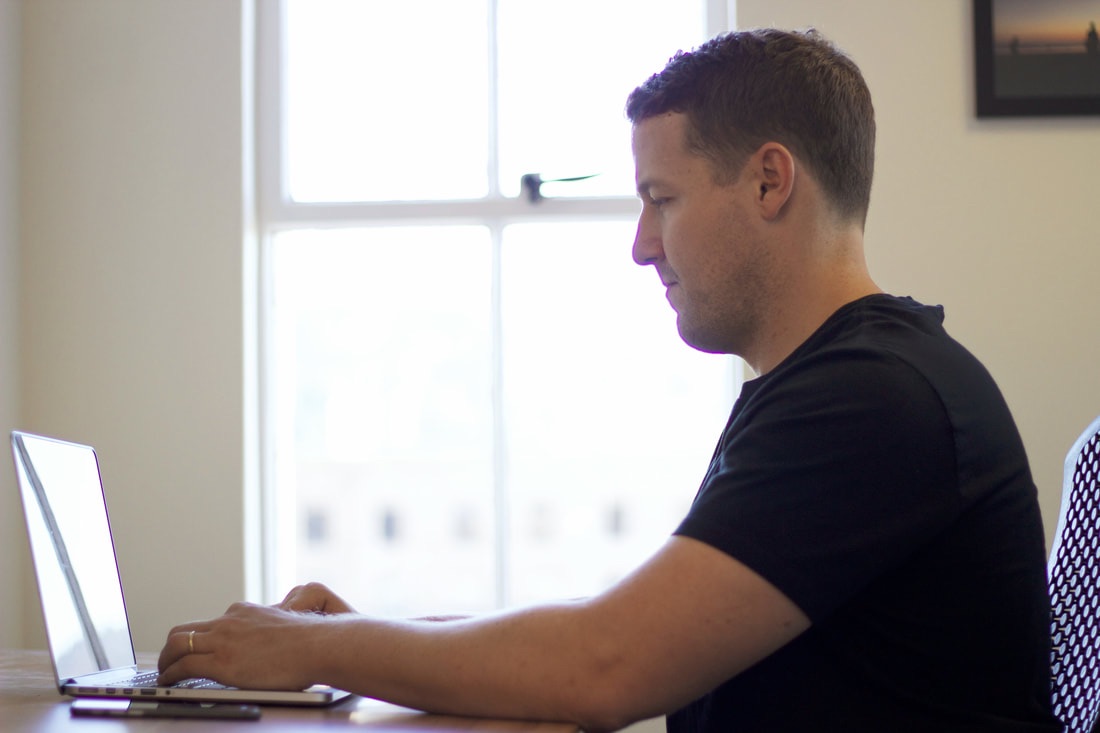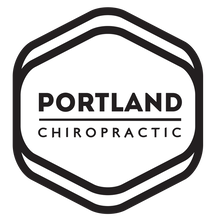|
Low back pain is one of the most common musculoskeletal diagnoses in the world. Did you know, that approximately 9 to 12% of people (632 million) have LBP at any given point in time(1,2). About 40% of people have LBP at some point in their lives, with estimates as high as 80% among people in the developed world(3). Low back pain most often begins between 20 and 40 years of age, and men and women are equally affected(1,4). Low back pain has become the leading cause of decrease in activity and absence from work. So let's see if we can help "FIX" the low back. Below are a few exercises that may help reduce your risk of injuring your lower back.
References
Most work in today’s world is done at a desk. Americans sit a lot, on an average of 8-13 hours a day. Medical research is showing that prolonged sitting is dangerous; it has been shown to be associated with a significantly higher risk of heart disease, diabetes, obesity, cancer, and depression, as well as muscle and joint problems. Those muscle and joint problems result in an inflexible spine, disk damage, mushy abs, tight hips, and limp glutes. Below are a series of exercises and stretches that will help you survive sitting at a desk all day. Practicing these daily will help improve your posture and alleviate certain aches and pains associated with sitting all day. If any of the stretches or movements below cause pain, stop and seek a professional help. You could have an underlying issue.
As stated previously, getting up and moving more is most important. Below is a quick movement routine you can do at your desk. Ideally you should do this once every 2-3 hours. See the videos below.
|
Site powered by Weebly. Managed by FatCow


